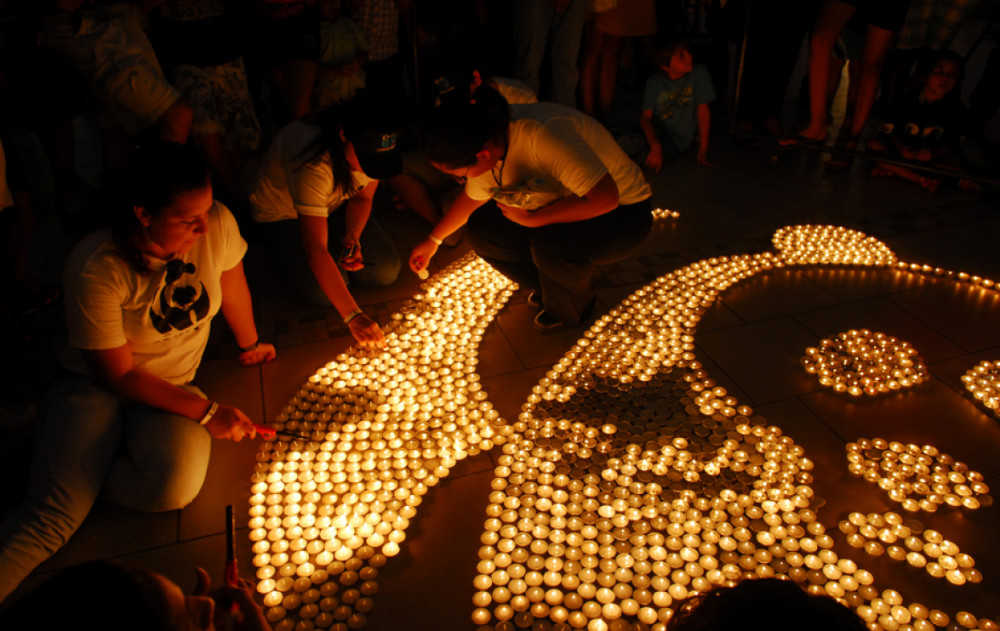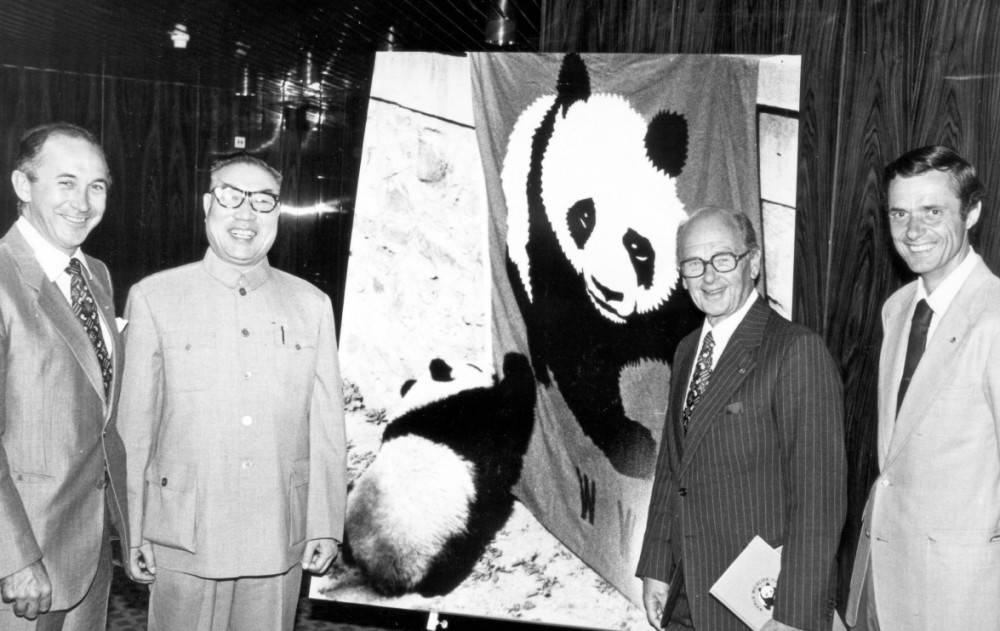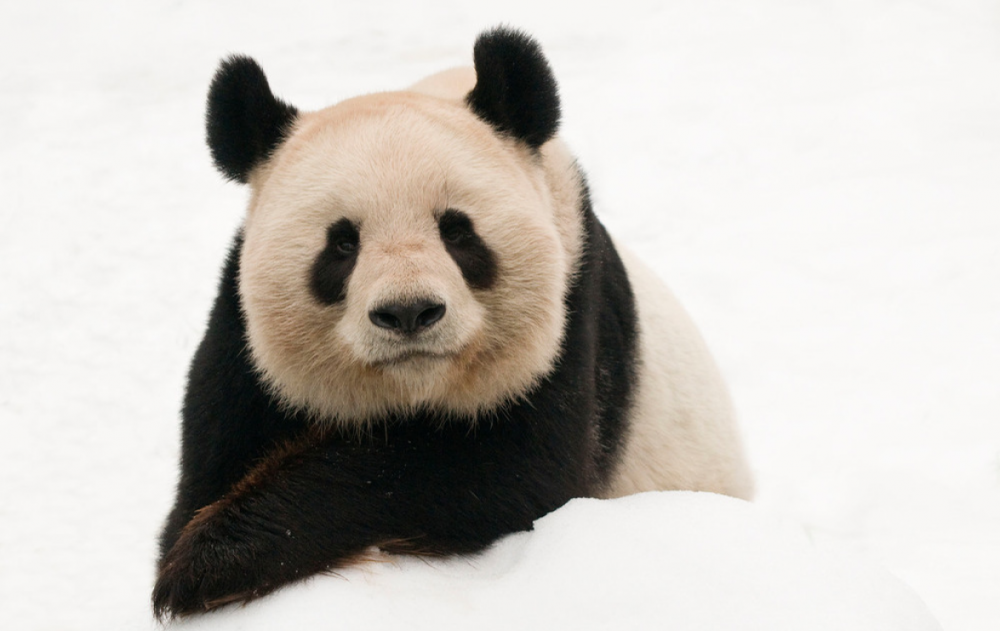Nemzetközi WWF
A természeti erőforrások védelmével az emberiség jövőjéért dolgozunk
A Föld élővilága nemcsak páratlan szépsége és izgalmas sokszínűsége miatt érdekes. Saját egészségünk és megélhetésünk szempontjából is kulcsfontosságú. Az ökoszisztémák és élőhelyek teljes, összefüggő hálózata biztosítja az ivóvizet, a tiszta levegőt, a termőtalajt, az élelmiszerek és gyógyszerek alapanyagait és még sok más szolgáltatást, amelyek nélkül nem tudnánk létezni.

Az emberiség túlfogyasztása igen jelentős, közel 30%-kal több erőforrást használ fel, mint amennyit a Föld képes újratermelni, továbbá az emberi tevékenység mára drasztikusan megváltoztatta a földfelszín képét és a bolygónk éghajlatát. Ennek következménye, hogy az életünket támogató ökoszisztémák rendszere elkezdett összeomlani: egyre gyakoribb a szélsőséges időjárás, a víz- és élelmiszerhiány, zsugorodnak a jó minőségű termőterületek, emelkedik a tengervíz szintje és sokasodnak az intő jelek, amelyek hatását már emberek milliói érzik bőrükön.
Minden eddiginél sürgetőbb, hogy közös erővel fenntartható jövőt teremtsünk mindannyiunk számára, partnerségben egymással.
„Nem védhetünk meg mindent, amit szeretnénk, de annál sokkal többet tehetünk, mintsem hogy üljünk ölbe tett kézzel.”
– Sir Peter Scott, a WWF egyik alapítója.
A WWF a világ legnagyobb természetvédelmi civil szervezete, amely 1961-ben jött létre. Több mint 100 országában dolgozunk a természeti értékek védelméért és a fenntartható jövőért, több mint 6000 munkatárssal.
A WWF küldetése egy olyan jövő teremtése, amelyben az emberiség és a természet harmóniában él egymással.
Célunk a biológiai sokféleség megőrzése, a környezeti szennyezések csökkentése, a természeti erőforrások hosszú távon fenntartható használatának elősegítése, a megújuló energiaforrások használatának ösztönzése, valamint a fenntartható élelmiszertermelés. Fontosnak tartjuk megemlíteni, hogy a fentiekből következően a WWF nem állatvédő szervezet, az élővilágot egységként kezeli és így kívánja megóvni.
Tevékenységeinket azokra az ökorégiókra összpontosítjuk, amelyek a biológiai sokféleség megőrzése szempontjából különösen jelentősek, vagyis az erdőkre, az édesvizekre, az óceánokra és partjainkra. Ezen kívül foglalkozunk az éghajlatváltozás mérséklésével és következményeivel, valamint a fenntartható életmód kialakításával. Így próbáljuk elősegíteni a természeti erőforrások hosszú távon fenntartható használatát, megóvva a természet értékeit a jövő generációi számára.
Alapításakor a WWF World Wildlife Fund néven működött és veszélyeztetett fajok védelmére indított programokat. Az alapító tagok hamar felismerték azonban, hogy ahhoz, hogy egyes fajokat megmentsenek, meg kell óvni az élőhelyüket is, hiszen megfelelő és biztonságos otthon nélkül egy állat sem képes létezni. Rájöttek tehát, hogy a hatékony természetvédelemhez élőhelyeken átívelő programokra van szükség. Emellett felismerték, hogy tényleges változások előidézéséhez együtt kell működniük kormányokkal, vállalatokkal és mindenekelőtt magánszemélyekkel, hiszen a szemléletformálás elengedhetetlenül fontos egy élhető jövő kialakításához. Ezért 1986-ban a szervezet World Wide Fund for Nature-re változtatta a nevét, és elkezdte munkájának kiterjesztését, ma már azonban hivatalosan is csak a rövid WWF nevet használja.

A WWF az alábbi alapelvek mentén működik:
– Globális, független, kulturálisan sokszínű és pártpolitikától mentes
– A legfrissebb elérhető tudományos információkra alapozza cselekedeteit, és kritikusan elemzi saját erőfeszítéseit
– Párbeszédre törekszik és kerüli a szükségtelen konfrontációt
– Konkrét természetvédelmi megoldásokat dolgoz ki a terepi projektek, szakmapolitikai kezdeményezések, kapacitásfejlesztés és oktatás kombinációján keresztül
– A terepi projektek során helyi közösségeket von be a tervezésbe és a végrehajtásba, tiszteletben tartja azok kulturális és gazdasági szükségleteit
– Más szervezetekkel, kormányokkal, vállalatokkal és helyi közösségekkel partnerségre törekszik, hogy hatékonyságát növelje
– Költséghatékonyan működik és a támogatásokat a legmagasabb felelősségtudattal kezeli
Ha nem állatvédelemmel foglalkozunk, akkor mivel?
– Élőhelyek állapotfelmérése és helyreállítása
– Növény- és állatfajok helyzetének felmérése, védelme
– Fellépés a hatékony és előremutató természetvédelmi szabályozásokért
– Fenntartható erdőgazdálkodás fejlesztése
– Területkezelési tervek elkészítése
– Fenntartható fejlődést támogató megoldások kidolgozása kis közösségek számára
– Környezeti nevelés és szemléletformálás
– Fajok illegális kereskedelme elleni fellépés
– Árvizek pusztításának megelőzése természetszerű megoldásokkal
– Társadalmi párbeszéd kezdeményezése
– Fenntartható jövedelem megteremtése
– Védett területek kezelése
– Károsanyag-kibocsátás csökkentése
– Ökológiai lábnyom csökkentése
– Megújuló energiaforrások teremtése
– Vadonok megőrzése, kialakítása
– Nagyragadozók védelme
– Vállalati felelősségvállalás
– Ivóvízkészletek védelme
– Éghajlatváltozás elleni küzdelem
– Klímabarát vízkészlet-gazdálkodás ösztönzése
– Természetbarát mezőgazdaság terjesztése
– Túlfogyasztás mérséklése
De akkor miért a panda?
Az emblémaállat ihletője egy Chi Chi névre hallgató óriáspanda volt, amely 1961-ben érkezett a Londoni Állatkertbe. Az óriáspanda (Ailuropoda melanoleuca) egyike volt az első állatfajoknak, amely az ember természetpusztító tevékenységei miatt a kihalás szélére jutott. Ez az ikonikus állatfaj lett a WWF jelképe, amely képes arra, hogy nyelvi akadályok nélkül hívja fel a figyelmet az azonnali cselekvés és a tudatos természetvédelem fontosságára.
